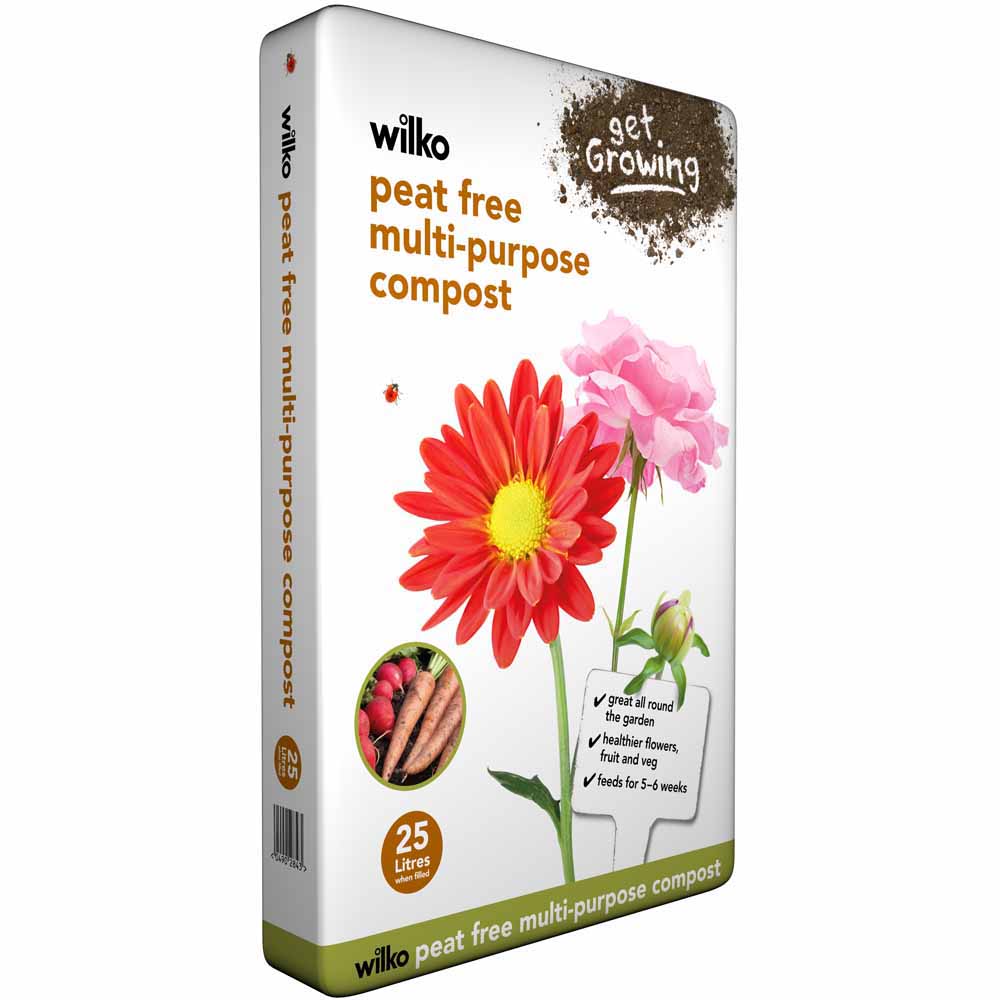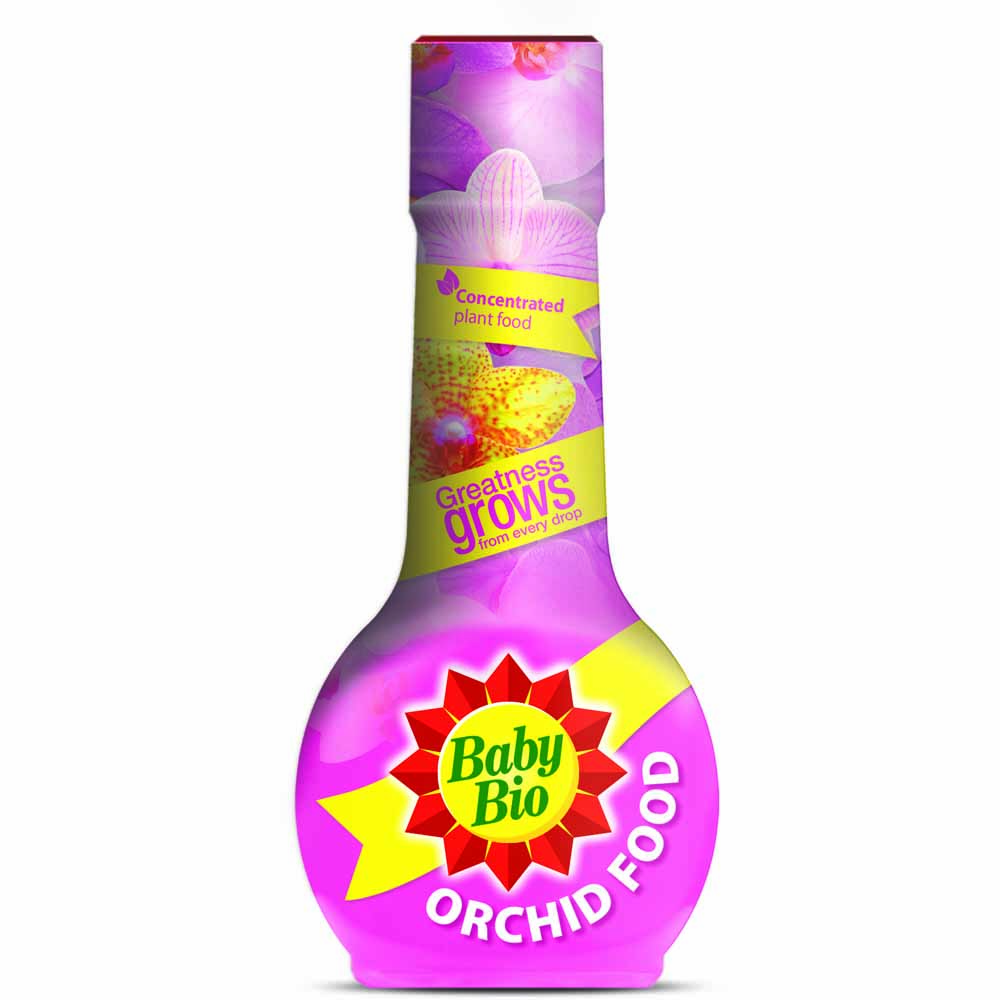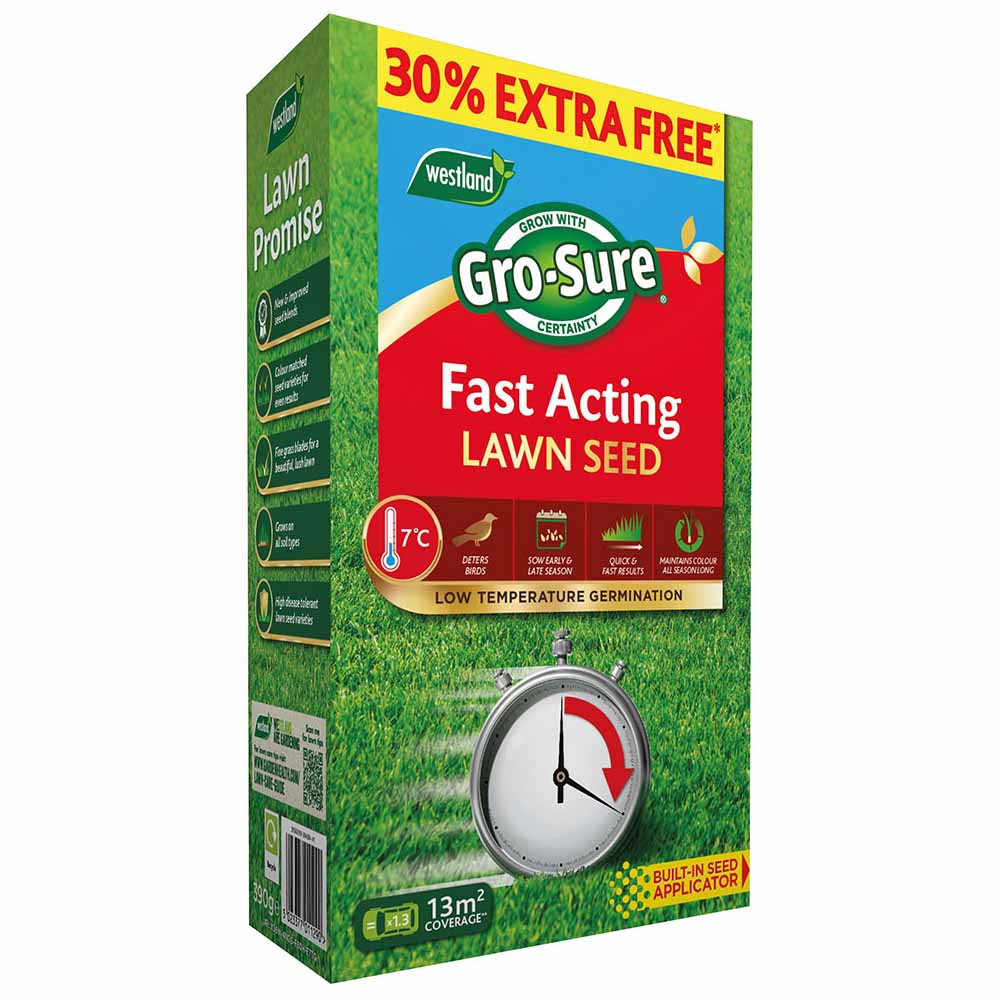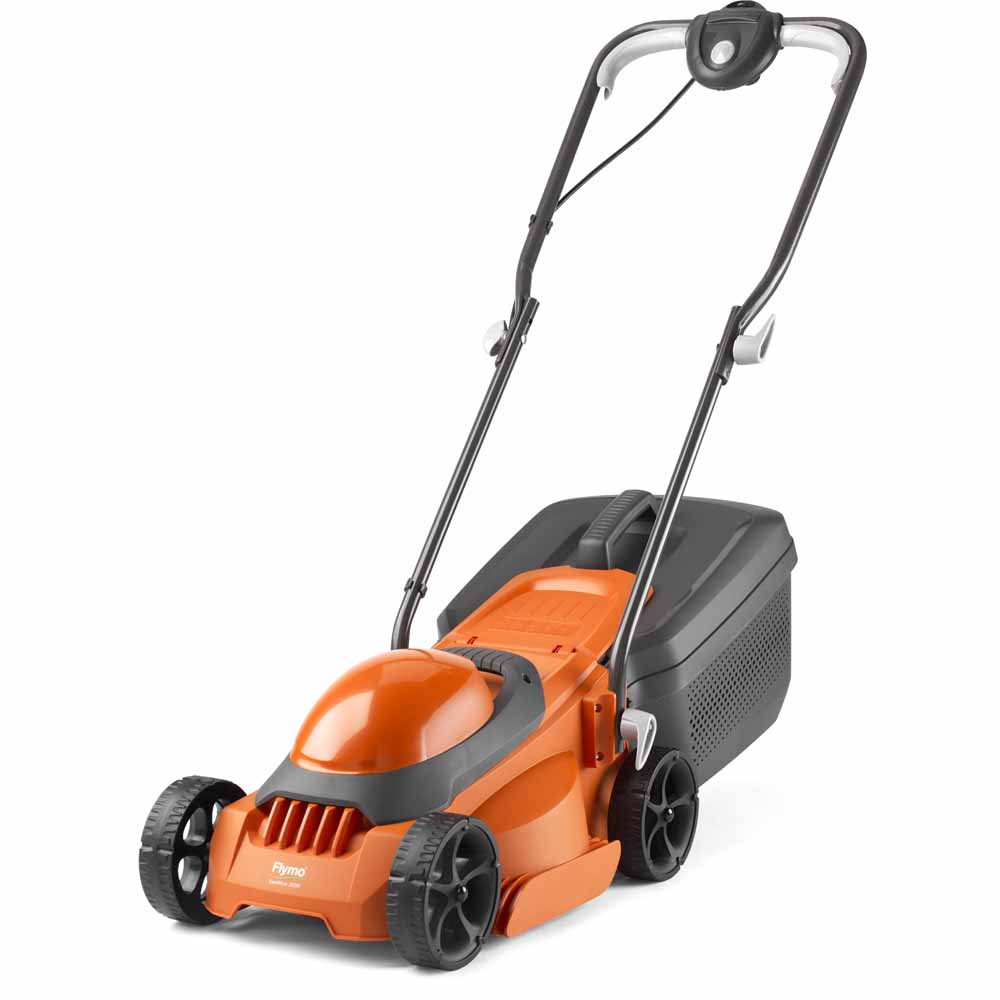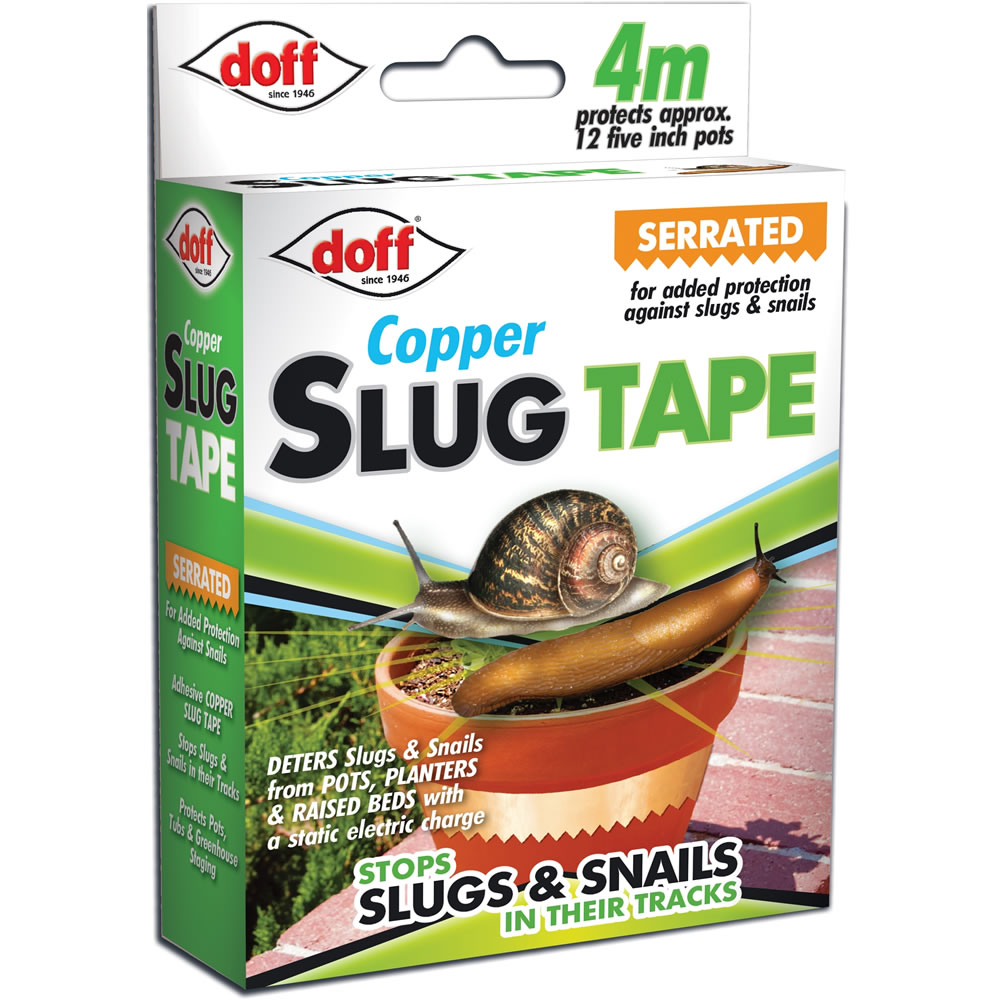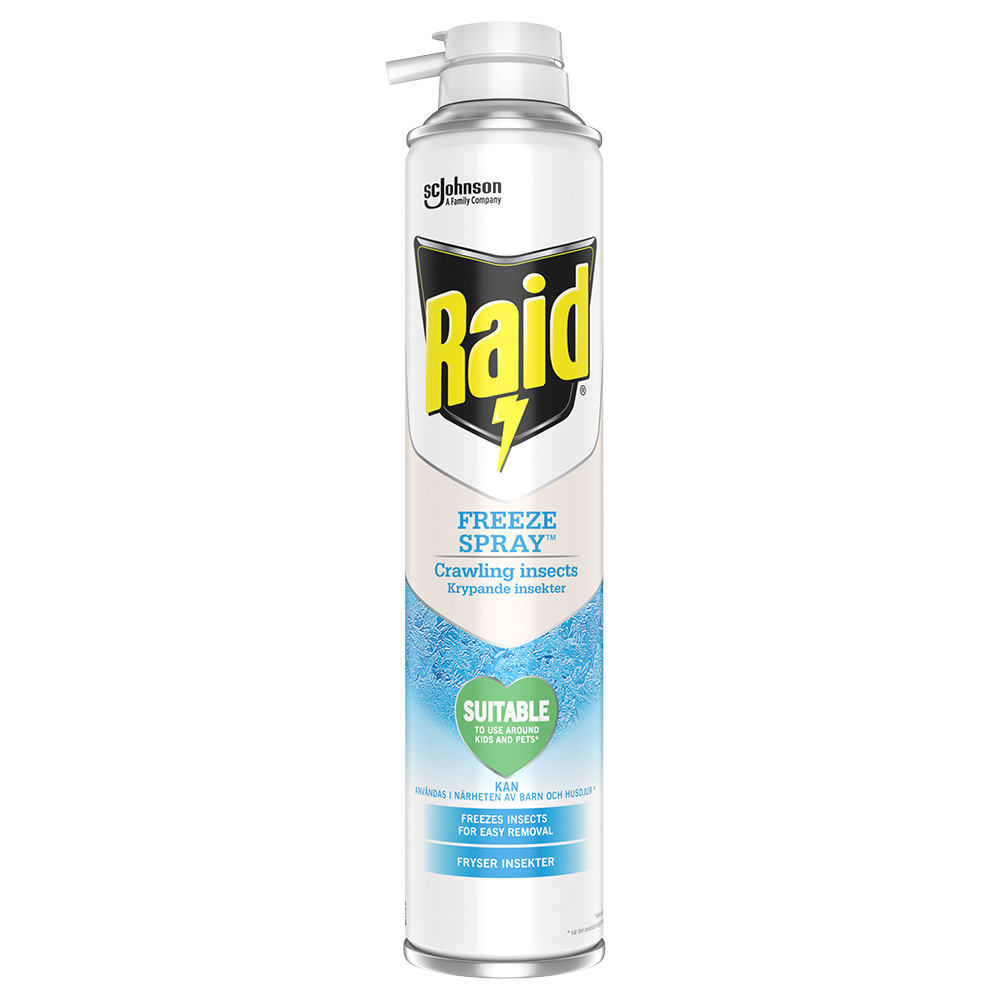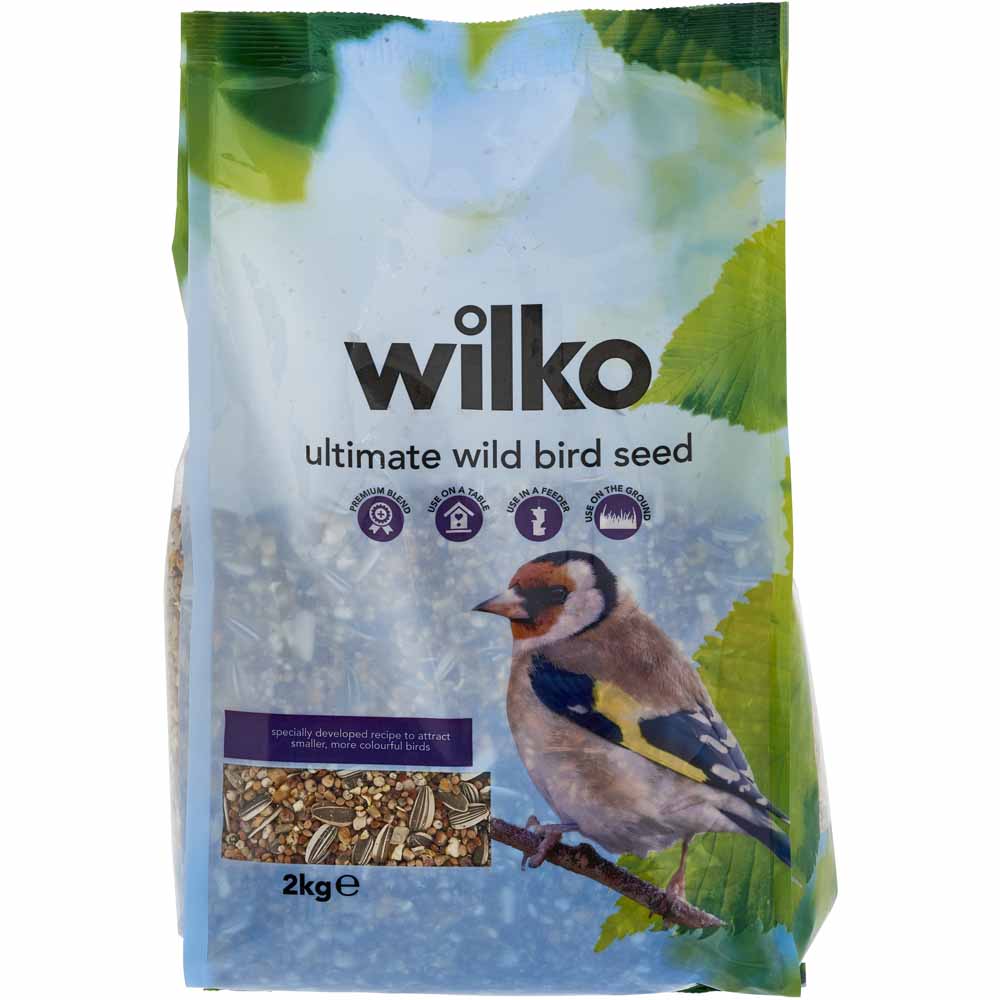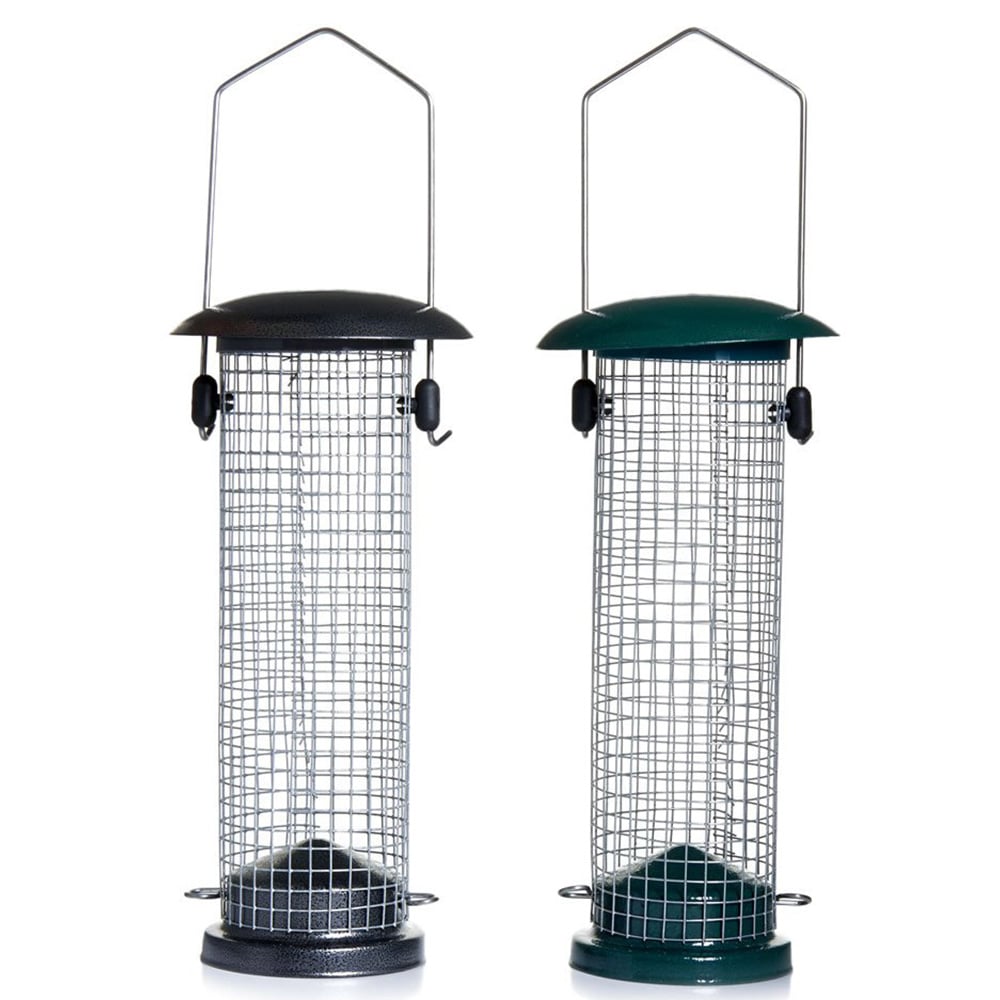

What to do in the garden in June
As the days get longer and the weather warms up (fingers and toes crossed), June is all about getting out in the garden, making sure it looks great and hopefully, enjoying the sun. There’s still some work to be done, though. Join us as we run down some of the most important jobs for the June garden.
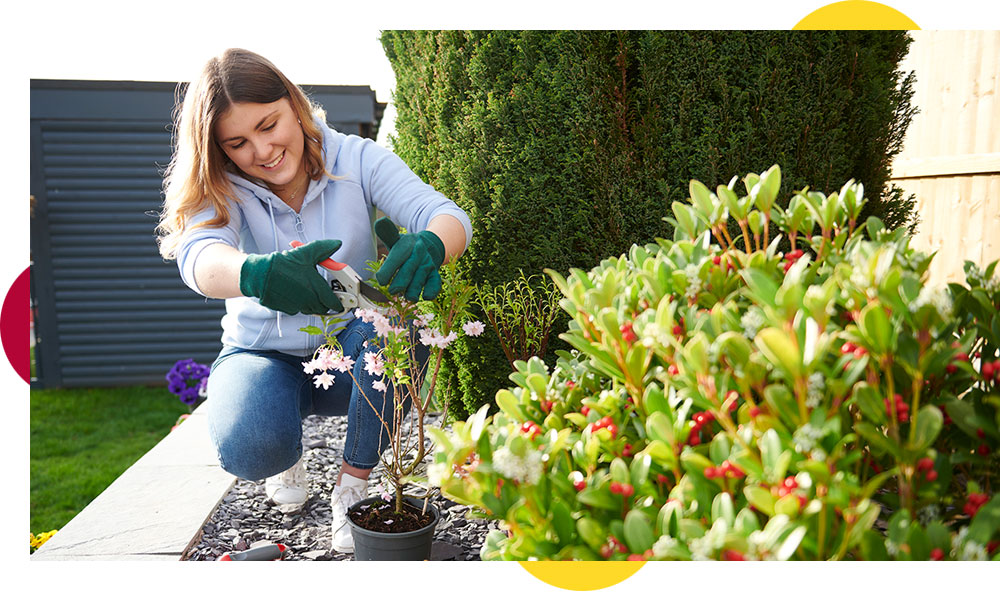
Give your borders a boost
If your garden’s lacking some colour, why not add some summer bedding plants to beds and borders? The start of June is the perfect time to plant out summer bedding plants as the risk of frost has usually passed. When planting outside, make sure they’re sitting in some good quality compost and treat them to some plant feed during the growing season. To keep your plants looking their best, be sure to deadhead them regularly (depending on the plant, this may need to be done several times a week!). If you’re after low-maintenance bedding plants, we recommend geraniums, nasturtiums or begonias. Look out for pesky slugs too as they’ll enjoy eating through the leaves given half a chance. Keep reading for advice on controlling them.
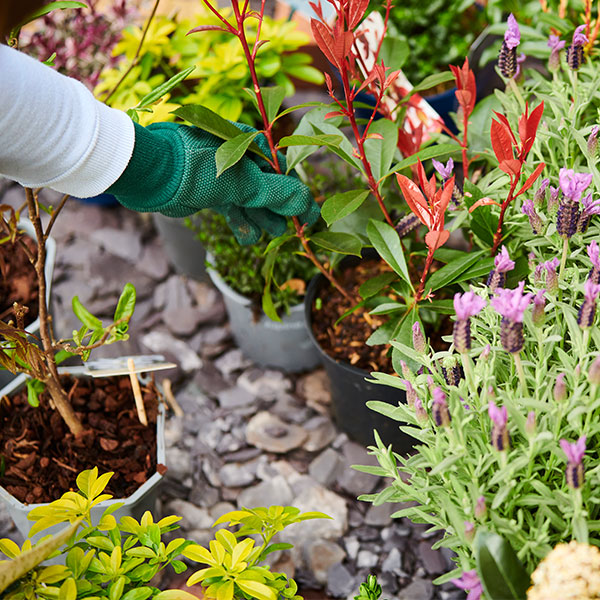
Garden on a roll
Fancy creating a gorgeous, professional-looking border this year without the hassle? It’s easy with the new Garden on a roll range. Their team of green-fingered horticulturists have carefully selected plants that will fill out over the summer weeks and years, giving you a beautiful garden border and edging to suit your style. It’s easy to get started, just follow these simple steps:

Step one
Choose a design
Measure your border area and choose your design, taking into consideration whether your border is in a shady or sunny spot. Prepare soil, then peg down the paper template
Step two
Get planting
Take your plants out the pots and match them to the letters on the paper. Cut holes where indicated and then push the plants through. Cover the paper with soil and mulch.
Step three
Water time!
Water frequently for the first two weeks. After two weeks, reduce watering to every other day. Then just sit back, relax and watch your garden border flourish!
Show your lawn some love
The hot summer months mean your lawn will now need mowing much more often. Try to give it a trim once a week, or every 10-14 days at the very least. Long periods of hot, dry weather can lead to a yellow, parched lawn. If this is the case, a good watering early in the morning or later in the evening will make all the difference. If you’ve been keeping on top of the weeding, there shouldn’t be much to do this month. Spot treat any weeds that appear or remove them by hand where needed.
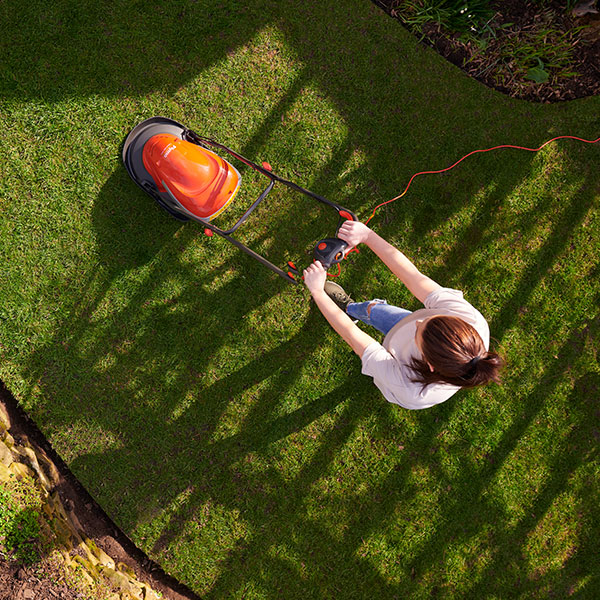
Banish garden pests
In 1940 a study conducted around 21 Hertfordshire gardens found there to be 9 different species of slug. It’s now believed there are a whopping 40 different species! Luckily we have a great range of products available to help you protect your plants, including slug defences, to keep your garden looking fabulous.
Attract wildlife to your garden
Now that the weather’s picking up and it’s beginning to get warm, our birds need easy access to water. A bird bath is a great way to help them flourish and an excellent way to coax gorgeous birds into your garden. Armed with wild bird accessories, you can do your bit to support the wildlife in your garden and encourage even more birds to come flocking into your little slice of the great outdoors. It’s easy to attract beneficial bees and butterflies to your garden too. All it takes is the right flowers! With bee populations on the decline, welcoming these beautiful insects to our garden is more important than ever. Introduce sunflowers, lavender, roses or echinacea to your borders and the bees (and butterflies) will love you for it!
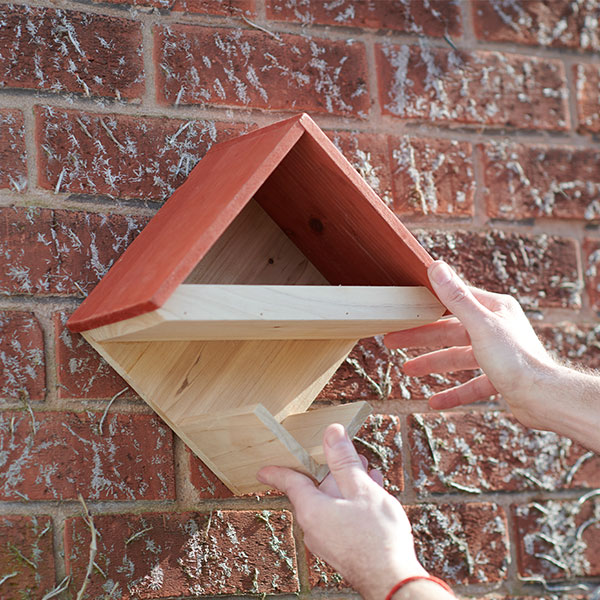
Get outdoors with the kids
This summer, how about planning a teddy bears’ picnic in the garden for your little ones – all you need is a picnic blanket (or an old table cloth), a few toys and a bit of lunch. Here are a few teddy bear activity ideas we love:
Teddy-shaped snacks
All sorts of food can be made into a teddy bear shape; from sandwiches, cakes and biscuits to slices of cucumber, ham and cheese. You can cut them freehand with a knife, but a shaped cookie cutter might be easier (especially if the children want to get involved with the cutting).
Teddy bear hunt
Hide a few teddy bears around the garden for your little ones to find. Children of all ages will enjoy exploring the garden looking for their hidden toys. Older children might also like to help by hiding the bears for the younger ones to find.
Best dressed teddy competition
Dress the bears up for the occasion with a small prize or certificate for the ‘best dressed’ bear. Children can choose doll outfits (many are made to fit bears too). As an extra challenge, clothes can be made with newspaper and string.
June is a fantastic time to make the most of your outdoor space so when all the jobs are done give yourself time to enjoy your surroundings and the great British summer while it lasts.
June checklist
Fruit and veg
- Continue planting out plugs
- Sow winter brassicas
- Protect soft fruit from birds with garden netting
- Plant out runner beans and outdoor tomatoes
- Check fruit trees and thin out fruit if needed to improve size and quality
Ornamental
- Plant perennials
- Prune spring-flowering shrubs
- Hoe borders
- Fill gaps in summer bedding
- Take cuttings from dianthus
- Plant autumn-flowering bulbs like cyclamen
- Clip evergreen hedges (always check for nesting birds beforehand, and if you find any wait until the end of August)
- Lawn
- Feed lawns to keep them looking lush and green
- Continue cutting weekly
Indoor
- Place indoor plants outdoors in warm weather – most will thrive with the threat of frost gone.
Browse our full garden range at wilko.com.
What are your must-do jobs in June? Let us know on Facebook, Twitter, Instagram or Pinterest.


